
| Price | 8000-30000 USD |
| Delivery Time | 20-25 days |
| Available | In Stock |
| Package | In Free Fumigation Wood Box |
| Guarantee | 1 Year |
| Shipping | By Sea or By Air |
| Payment Method | Wire Transfer or Western Union |
| Brand | Victor |
Pet Food Line: 0.5-5T/H Capacity & Multi-Shape Molding
| Production Output | 0.5-5 t/h |
| Power | Electric motor |
| Voltage | 110-415V |
| Raw Materials | Cereal, corn, wheat, barley flour, soybean, oil seed meal, fish meal, bone meal, etc |
| Type | single screw (stainless steel) |
| Final Pellet Size | 0.9-10 mm |
| Final Pellet Shape | bone shape, footprint shape, ball shape, heart shape, moon shape etc |
| Application | pet food, fish feed |
| Used For | cat, dog, fish feed |
Automated pet food production video
introduction of pet food production line
The pet food aisle in any supermarket tells a clear story: people love their pets and are willing to pay for high-quality, nutritious food. This booming, multi-billion-dollar market presents a huge opportunity for entrepreneurs.
A pet food production line is the complete system that turns raw ingredients into the safe, nutritious kibble or treats that pet owners demand. However, starting one can seem incredibly complex. We’ll break down the essential machinery, the step-by-step process, and the critical ‘insider’ knowledge you need to plan your investment wisely.
What is a Pet Food Production Line
Think of it less like a single machine and more like a complete, automated food factory in miniature. Each machine is a station with a specific job, working in order to create a finished, packaged product from start to finish. It’s an integrated system of industrial machines designed for the large-scale, consistent production of pet food.
This guide focuses primarily on the most common type of system: dry kibble food production lines. It is important to know that wet food lines use different key machinery and processes.

stainless steel pet food production line
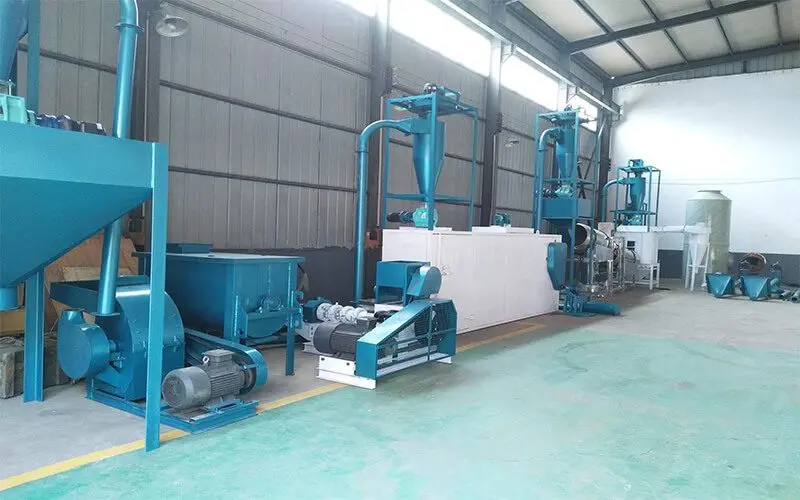
common steel pet food production line
The Real Advantages: Why Invest in Your Own Pet Food Line?
While the initial investment is high, owning your own pet food production line offers powerful business advantages.
- Total Control Over Quality and Ingredients. You control every single ingredient that goes into your product. This allows you to create high-quality, premium formulas. It also lets you guarantee the safety and traceability of your product, which is what modern consumers demand.
- Create Unique Recipes for Niche Markets. Having your own line gives you the power to create specialized products. You can make grain-free, high-protein, or limited-ingredient diets. This helps your brand stand out in a crowded market.
- Higher Profit Margins in the Long Run. Manufacturing your own product avoids the costs and fees of using a co-packer. As your brand grows, this can lead to significantly higher profitability.
- Flexibility to Innovate and Adapt. “Having your own line means you can test new recipes, create new products, and adapt to changing market trends much faster than if you rely on an outside manufacturer. You are in the driver’s seat.”
Inside the Line: A Tour of the Key Machinery
Each machine in a pet food production line has a vital role to play.
The Grinding Section (Hammer Mill): Why a Fine Powder is Critical.
This machine’s job is to grind raw ingredients into a uniform powder. The right particle size is critical. It helps the feed cook evenly in the extruder and helps create a quality pellet.
The Mixing Section (Mixer): The Secret to a Balanced Bite.
A mixer’s job is to blend all the ground ingredients and tiny supplements perfectly. This ensures every single piece of kibble is a complete and balanced meal. An uneven mix means uneven nutrition for the pets.
The Extruder: The Heart of Kibble Production.
This is the special pet food machine that cooks, sterilizes, and shapes the kibble. The high heat and pressure in the extruder are essential for making the starches in the grains digestible for pets like dogs and cats.
The Dryer: The Most Important Step for Shelf-Life.
The extrusion process adds moisture to the feed. A multi-layer belt dryer is essential to remove this moisture. This makes the kibble crunchy and, most importantly, prevents mold, giving it a long shelf-life.
The Coating Section (Coater): Adding Flavor and Key Nutrients.
“This is a critical step for palatability. The coater evenly sprays the cooled kibble with fats, oils, and flavors. This is because these sensitive ingredients can be damaged by the high heat of the extruder. A good coating is what makes pets love the food.”
The Cooling & Packing Section: The Final Steps.
After coating, a cooler brings the kibble down to room temperature before it is put in bags. An automated bagging system then weighs and packs the finished product.
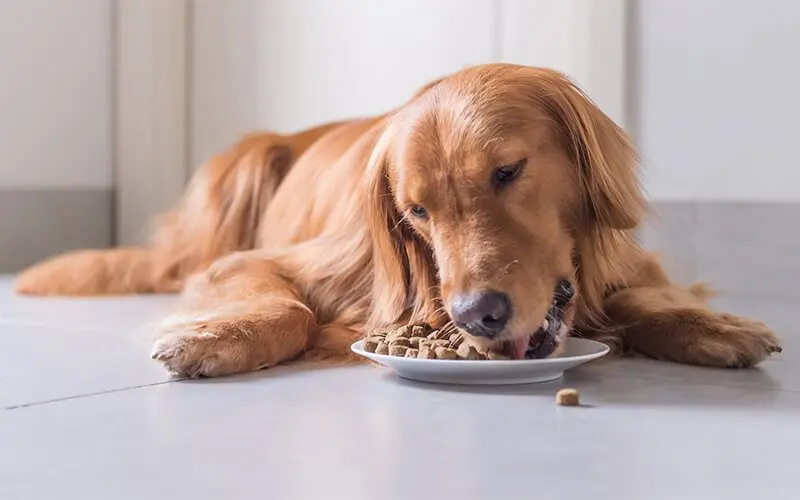
for dog
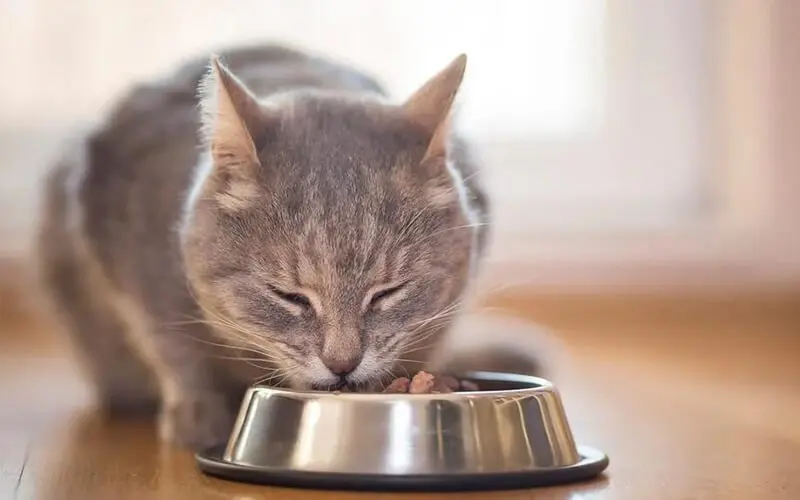
for cat
The Production Process: From Raw Ingredient to Bagged Kibble
Here is a general look at the pet food extrusion process in a modern kibble food processing plant:
- Formulation Development (Creating a good pet food recipe that meets nutritional standards like AAFCO).
- Receiving & Quality Control of all raw ingredients.
- Grinding, Weighing (Batching), and Mixing.
- Extruding (The main cooking and shaping step).
- Drying the kibble to the correct moisture level.
- Coating with fats and flavors.
- Cooling the finished kibble.
- Weighing & Bagging the final product.

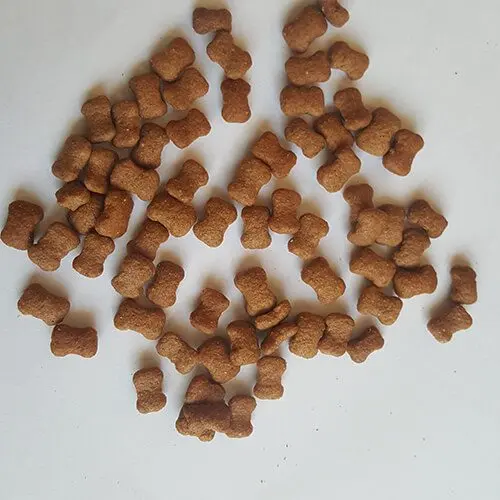
A Strategic Checklist for Planning Your Pet Food Plant
Starting a pet food processing plant is a major project. Careful planning is the key to success.
1. Develop Your Formula & Niche First.
“Before you even think about machinery, you need a solid product idea. You also need a professionally developed good pet food formula that meets nutritional standards (like AAFCO in the US). Your product comes first.”
2. Create a Detailed Business Plan & Secure Funding.
This is a major capital investment. It requires a thorough financial plan to show to banks or investors.
3. Design a Facility that Meets Food Safety Standards.
Your pet food manufacturing plant layout must be designed to prevent cross-contamination. It must also comply with food manufacturing regulations (like FSMA in the US).
4. Choose a Machinery Supplier with Proven Pet Food Expertise.
“Look for suppliers who have built complete pet food lines before, not just those who sell individual machines. Ask for references from other pet food companies they have worked with. In 2020, a client from USA chose us (Victor Pellet Mill), he built a pet food manufacturing plant in USA with 500kg per hour production.”
5. Plan Your Raw Material Supply Chain.
“Can you get a consistent, reliable supply of high-quality, traceable ingredients? Your brand’s reputation will depend on it.”
Insider Tips & Common Mistakes to Avoid
- The Extruder is the Heart, but the Dryer is the Lungs. “Everyone focuses on the extruder, but a common and costly mistake is buying a dryer that is too small or inefficient. If your dryer can’t keep up with your extruder, your entire production line has to slow down. It’s a critical bottleneck.”
- Underestimating the Importance of the Coater. “You can make the most nutritious kibble in the world, but if pets won’t eat it, it’s worthless. The coating step, where you add fats and flavors, is absolutely critical for palatability. A good, uniform coating makes all the difference.”
- Consider a Co-Packer Before You Build. “For many new brands, the smartest first step is to use a ‘co-packer’ – an existing factory that makes your product for you. This allows you to test your product in the market and build your brand without the massive upfront investment of building your own pet food production plant.”
Conclusion
A pet food production line is a complex, integrated system with the extruder at its core. It’s a major investment that requires meticulous planning around formulation, food safety, and machinery. However, for entrepreneurs who are well-prepared, building a pet food plant offers the ultimate control over quality and innovation in a thriving market.
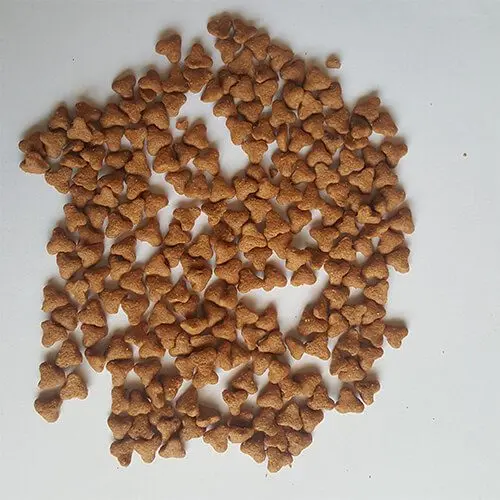

FAQ About Pet Food Production Line
What is the most important machine in a dry pet food (kibble) production line?
A: The extruder. This is the machine that cooks, sterilizes, and shapes the kibble. Its performance has the biggest impact on the final product’s digestibility, texture, and shape.
What’s the main difference between a single-screw and a twin-screw extruder for pet food?
A: A single-screw extruder is simpler and good for standard kibble. A twin-screw extruder offers much more control and is more versatile. It is better for making high-fat or high-protein formulas, or for using a higher percentage of fresh meat in the recipe.
Why is the feed coated with fat after it’s cooked?
A: The high temperatures inside the extruder can damage the sensitive fats and oils, affecting their nutritional value and taste. By spraying these on the cooled kibble in a coater, their quality is preserved, and it makes the final product much more palatable for pets.
How much does it cost to set up a small pet food production line?
A: It is a very significant capital investment. Even a small-scale but complete production line requires a food-grade facility and specialized industrial machinery. The cost can easily run from several hundred thousand to millions of US dollars, depending on the capacity and level of automation.
What is a “co-packer” and is it a good option for a new pet food brand?
A: A co-packer (or co-manufacturer) is an existing pet food factory that you can hire to produce your product using your specific recipe. For most new brands, using a co-packer is a much smarter and more affordable way to start. It allows you to enter the market and build your brand without the massive upfront cost and complexity of building your own pet food manufacturing plant.
